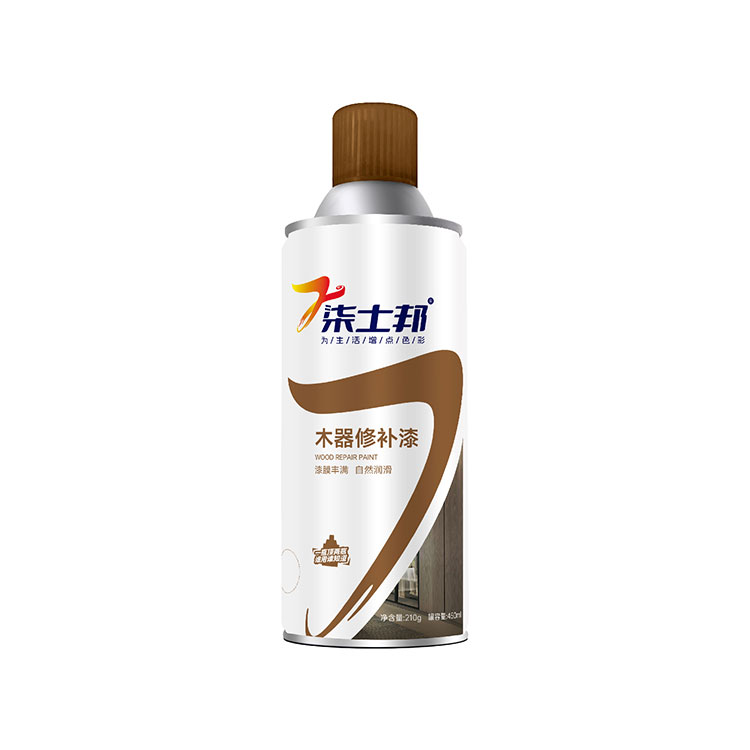Essential Tools and Materials for Applying Wood Repair Paint
2024-04-30
When it comes to restoring and rejuvenating wooden surfaces, wood repair paint is a versatile solution. However, to ensure a smooth and successful application, having the right tools and materials at hand is crucial. Here's a guide to the essential items you'll need for applying wood repair paint.
1. Wood Repair Paint
First and foremost, you'll need the wood repair paint itself. Choose a paint that is specifically designed for wood repair, as it will have the necessary properties to adhere to and penetrate the wood's surface. Ensure the paint matches the color and finish of your existing wood to achieve a seamless repair.
2. Sandpaper or Wire Brush
Before applying the wood repair paint, it's essential to prepare the surface by removing any loose paint, dirt, or debris. Sandpaper or a wire brush are excellent tools for this job. Use a medium-grit sandpaper or wire brush to gently scrape away the unwanted material, revealing the clean and smooth wood surface.
3. Cleaning Supplies
After sanding or brushing, clean the surface thoroughly to remove any residual dirt or dust. Use a damp cloth or sponge and a wood-safe cleaning solution to wipe down the area. Ensure the surface is completely dry before proceeding with the paint application.
4. Paintbrushes and Rollers
For applying the wood repair paint, you'll need a suitable paintbrush or roller. Choose a brush with soft, natural bristles that can hold and release paint smoothly. For larger areas, a roller may be more efficient, providing a uniform and consistent finish.
5. Protective Gear
When working with paint, it's important to protect yourself from any potential hazards. Wear protective gloves to prevent paint from staining your skin, and consider wearing safety glasses to protect your eyes from flying debris or splatters.
6. Primer (Optional)
If the wood surface is significantly damaged or discolored, you may want to consider using a primer before applying the wood repair paint. Primer helps seal the wood and provides a smooth surface for the paint to adhere to, resulting in a more durable and even finish.
7. Varnish or Topcoat (Optional)
After the wood repair paint has dried, you can apply a varnish or topcoat to enhance the durability and appearance of the repaired area. Varnish provides a protective layer that helps resist scratches, stains, and fading. Choose a varnish that is compatible with your wood repair paint to ensure a seamless finish.
In summary, having the right tools and materials is crucial for a successful application of wood repair paint. With a suitable paint, sandpaper or wire brush, cleaning supplies, paintbrushes or rollers, protective gear, primer (optional), and varnish or topcoat (optional), you'll be well-equipped to restore and rejuvenate your wooden surfaces.



